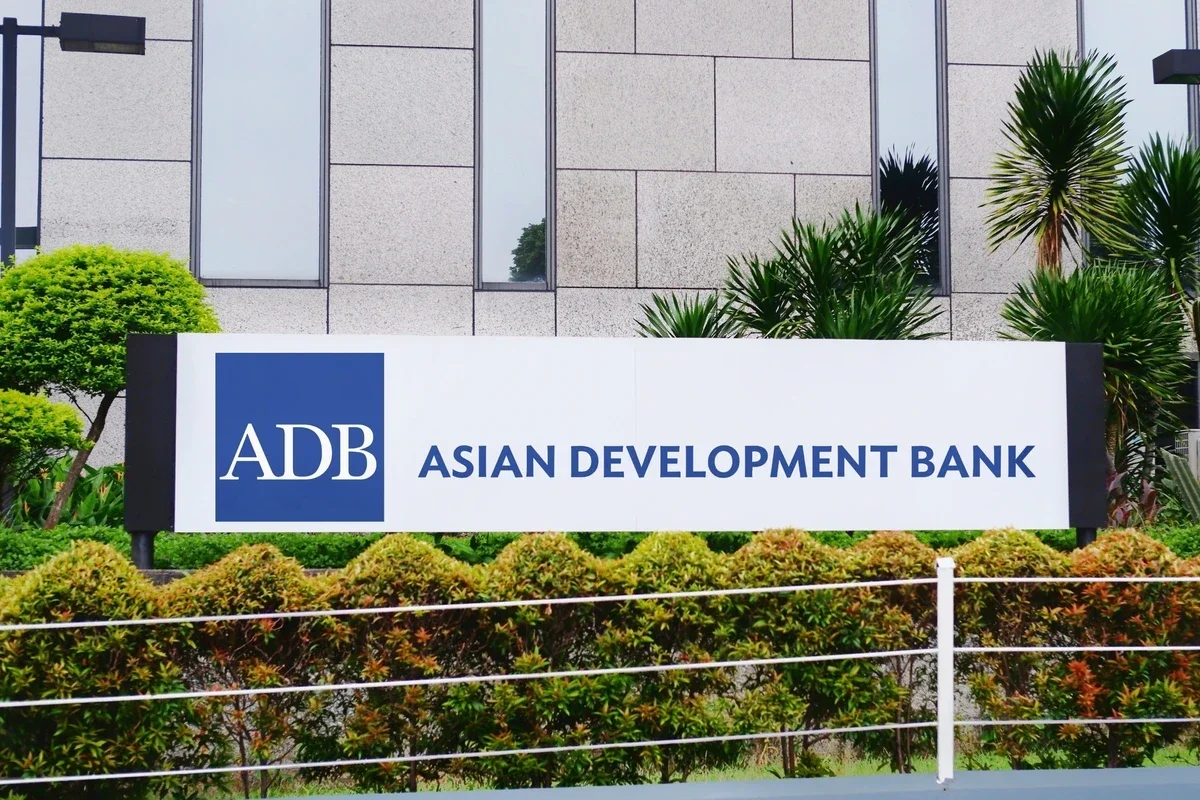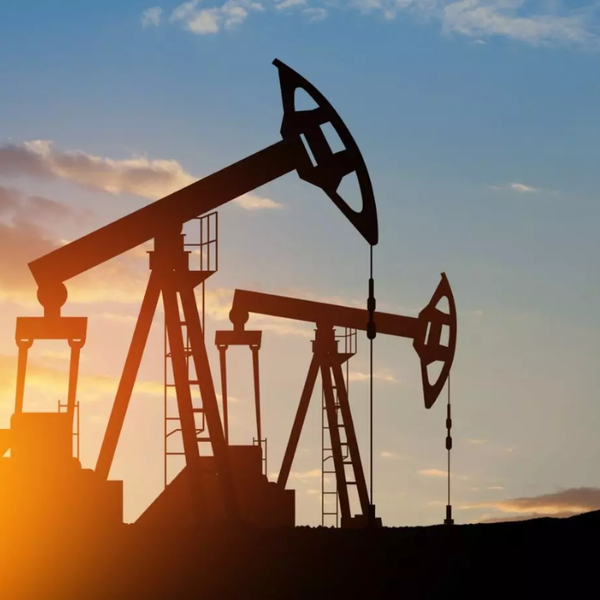Asia-Pacific growth to slow in 2025 as trade tensions weigh on economy: ADB
Regional expansion forecast at 4.9% amid higher US tariffs; India outperforms while China cools

Javed Mirza
Correspondent
Javed Iqbal Mirza is an experienced journalist with over a decade of expertise in business reporting, news analysis, and investigative journalism. His work spans breaking news, editorial pieces, and in-depth interviews.

Growth across Asia and the Pacific is expected to slow over the next two years as rising trade barriers, U.S. tariff hikes, and persistent weakness in China’s property sector weigh on the region’s economic resilience, the Asian Development Bank (ADB) said in a new report Wednesday.
The Manila-based lender forecast regional growth to moderate to 4.9% in 2025 and 4.7% in 2026, down from 5.0% last year, as higher U.S. duties and global uncertainty disrupt supply chains and dampen exports.
While domestic demand and strong technology shipments have provided a buffer, the ADB warned that escalating protectionism and geopolitical risks could further undermine stability.
China’s slowdown and regional divergence
The People’s Republic of China (PRC), the region’s largest economy, is projected to expand by just 4.7% in 2025, a decline from 5.0% in 2024, as its real estate crisis continues to drag on consumer and business confidence.
The ADB noted that new U.S. tariffs — including a 20% duty imposed in March on select Chinese goods — will further strain exports, though stronger demand for semiconductors and artificial intelligence-related hardware could provide some relief.
Meanwhile, South Asia is expected to outperform, with India leading growth at 6.7% in 2025, supported by robust domestic consumption and public investment. Pakistan and Sri Lanka, both recovering from economic crises, are also seeing gradual improvements, though high debt levels remain a concern.
Trade tensions and inflation trends
The report highlighted that U.S. trade policy shifts pose a major risk. After Washington announced sweeping tariff increases on April 2 — extending beyond China to other Asian partners — (which it has now paused), the ADB cautioned that retaliatory measures could amplify economic disruptions.
"Full implementation of these tariffs would not only hurt China but also reduce growth in the U.S. and across Asia," said Albert F. Park, ADB’s chief economist. "The uncertainty itself is already affecting investment decisions."
On inflation, the bank expects price pressures to ease further, with regional inflation dropping to 2.3% in 2025 and 2.2% in 2026, helped by falling global commodity costs. However, Central Asia and the Pacific face upward price pressures due to currency depreciation and rising public spending.
Other key risks include geopolitical tensions, China’s property crisis and debt vulnerabilities.
Tech exports and tourism recovery
Despite challenges, electronics exports surged 6.0% in 2024, driven by demand for AI-related components. Economies like Vietnam, Taiwan, and South Korea benefited from this trend.
Tourism is also rebounding, with arrivals reaching 90% of pre-pandemic levels in 2024. However, East and Southeast Asia are lagging due to fewer Chinese travelers — a lingering effect of Beijing’s earlier strict travel policies.
The ADB’s forecasts do not yet account for the full impact of the April 2 U.S. tariffs, suggesting further downward revisions may follow.







Comments
See what people are discussing